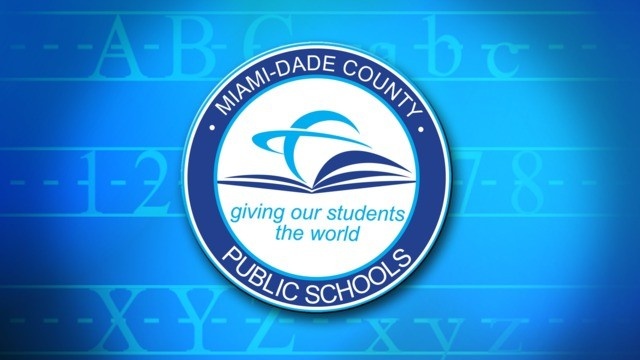The Impact of school facilities on learning
Many educators maintain that the debate over how to improve education in the U.S. has ignored one critical element: the physical condition of schools. Students and teachers are held accountable for their performance, but it is extremely difficult to raise levels of academic achievement when teaching and learning take place in crumbling, antiquated facilities (Yeoman, 2012; American Federation of Teachers, 2006).
Millions of students attend structurally deteriorating schools that put their health and safety at risk on a daily basis. According to the Government Accountability Office and the American
Society of Civil Engineers (as cited in Filardo et al., 2011), school districts have been underspending on maintenance and repair for many years.
Substandard school buildings frequently have unsafe drinking water, moldy environments, inadequate fire alarms and fire safety, inadequate ventilation, insufficient lighting, noisy
classrooms, no wiring for technology, peeling paint, and crumbling plaster (Yeoman, 2012; Filardo et al., 2011; Earthman, 2004; U.S. Department of Education, 2000). The American
Federation of Teachers (2006) surveyed nearly 1,000 teachers and school staff across the U.S. and reported school building problems that included “rodent infestation, mice droppings, fallen
ceiling tiles, poor lighting, mold that has caused mushrooms to grow, crumbling exterior walls, asbestos, severely overcrowded classrooms and hallways, freezing rooms in the winter and extreme heat in the summer, old carpeting, clogged bathroom toilets and no stall doors, inadequate circuit breakers causing frequent outages, and poor ventilation.
From: The Impact of school facilities on learning
By: Maiami Dade Public Schools
Photo: media.local10.com
